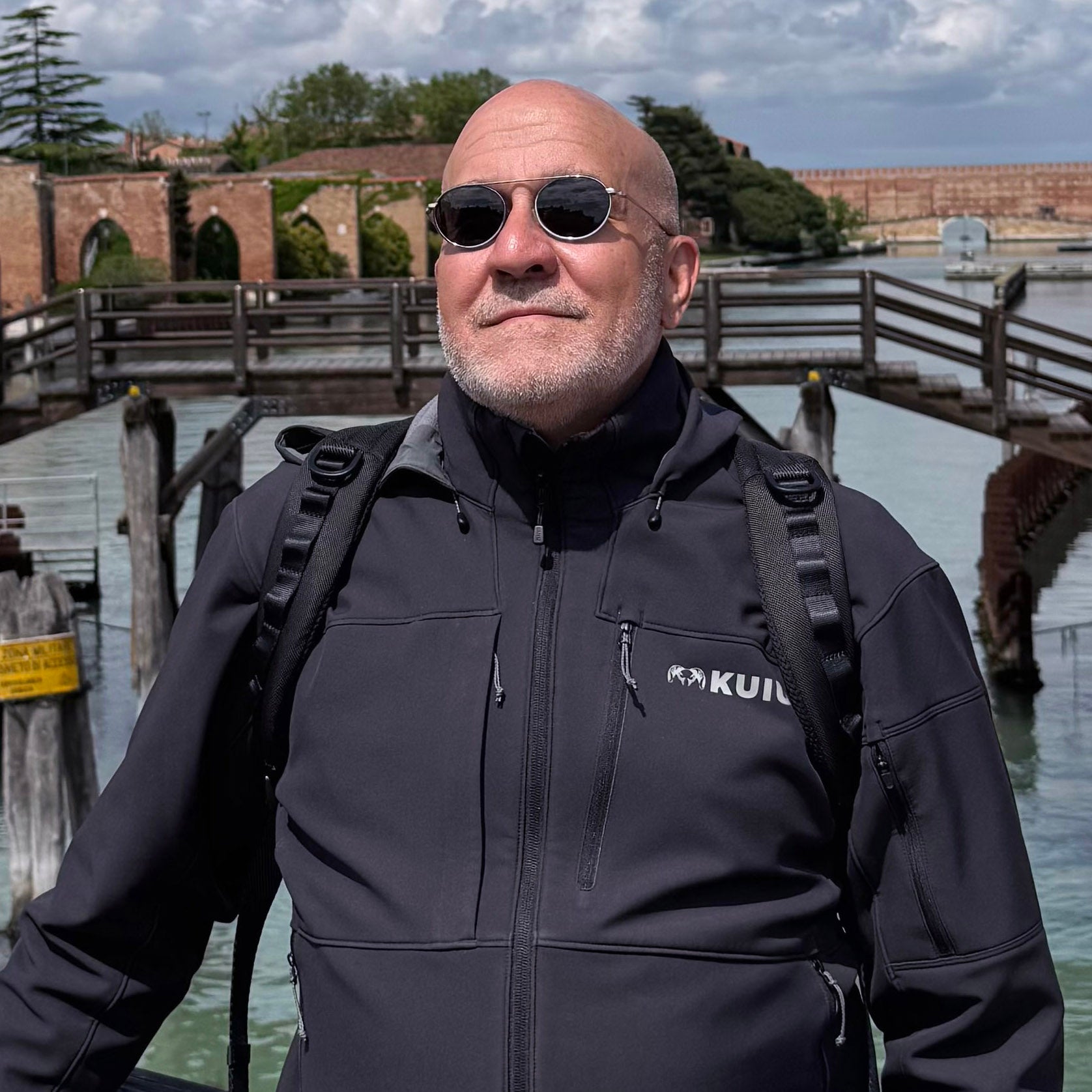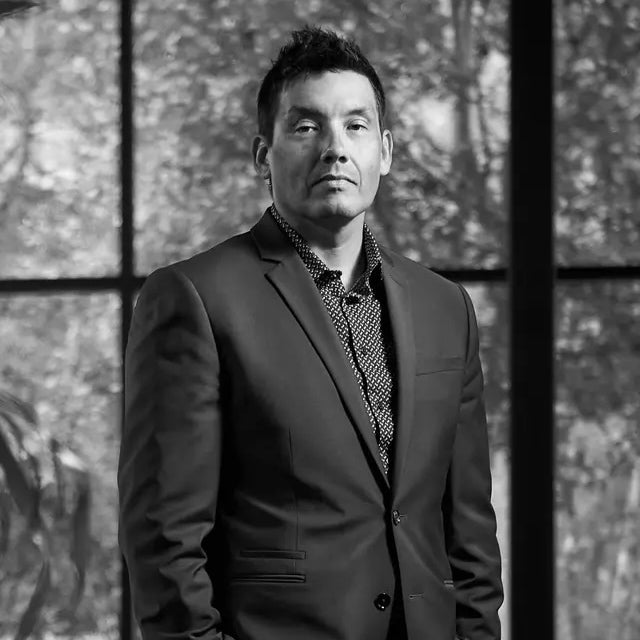
Alum in Action: Sahana Ashwathanarayana on Urban Spaces as Sanctuary
|
Image
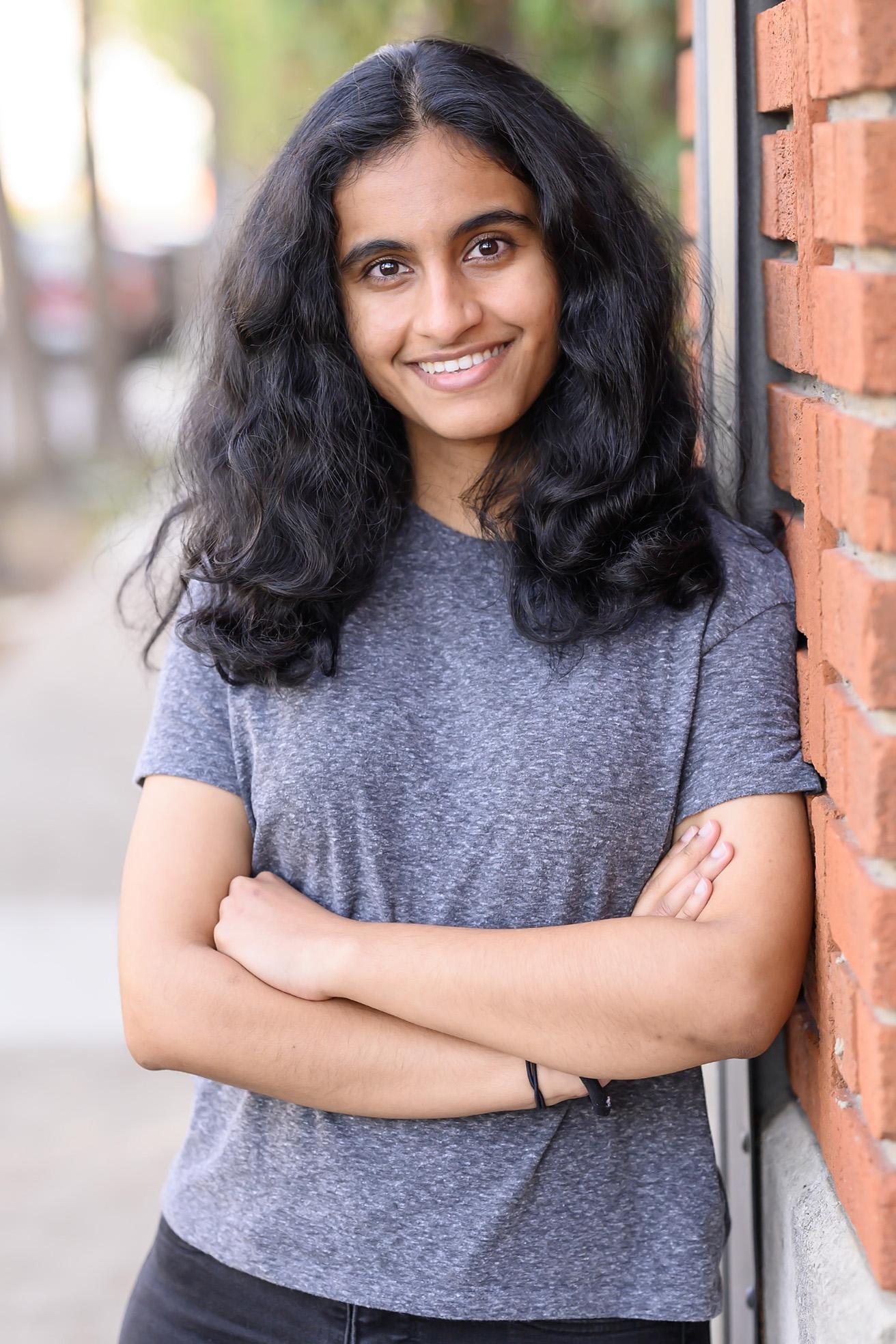
|
Sahana Ashwathanarayana (MLA '22)
Project Leader, Studio Outside Landscape Architects
Recently, alumna Sahana Ashwathanarayana (MLA '22), authored a piece for Columns, a quarterly publication produced by the Dallas Chapter of the American Institute of Architects titled "Where the Stillness Grows." In the article, she articulates the role of urban parks as more than just social spaces, but also places of solitude and sanctuary.
We asked Ashwathanarayana who is currently a project leader at Studio Outside Landscape Architects based in Dallas to tells us about the ideas grounding the article, share more about a few projects she has recently worked on and how her A-School experience has shaped her professional life.
In your recent article “Where the Stillness Grows” published in Columns you reflect on how urban parks may offer a place of solitude, and of spiritual and physical retreat. Can you share a little bit more about what prompted you to explore these ideas?
I think the piece grew out of something I’ve been navigating for most of my life - a kind of duality between cultures, community, ways of thinking, and relationships to space. I grew up in Bangalore, India, where being part of a collective was second nature. At the same time, solitude was also deeply valued, especially in traditional public spaces shaped by Hindu philosophy. You could be alone, yet held by the presence of others, by the rituals and rhythms of a shared environment.
My design education was shaped by the West. Here was a different approach - public space was centered on gathering and connection, but in a society that often felt more individualistic. That contrast stayed with me, this tension between solitude and society, and how we design spaces that speak to both.
When Columns approached me about contributing to their Solitude issue, it felt like a chance to explore those ideas more deliberately and I focused on four spaces in Dallas that I've always loved. In writing the piece, I was trying to make sense of how these spaces can act as both sanctuary and a social stage.
It was a way for me to bring together the influences that have shaped how I think about design — the best spaces don’t force a binary, they hold the space in between.
|
Image
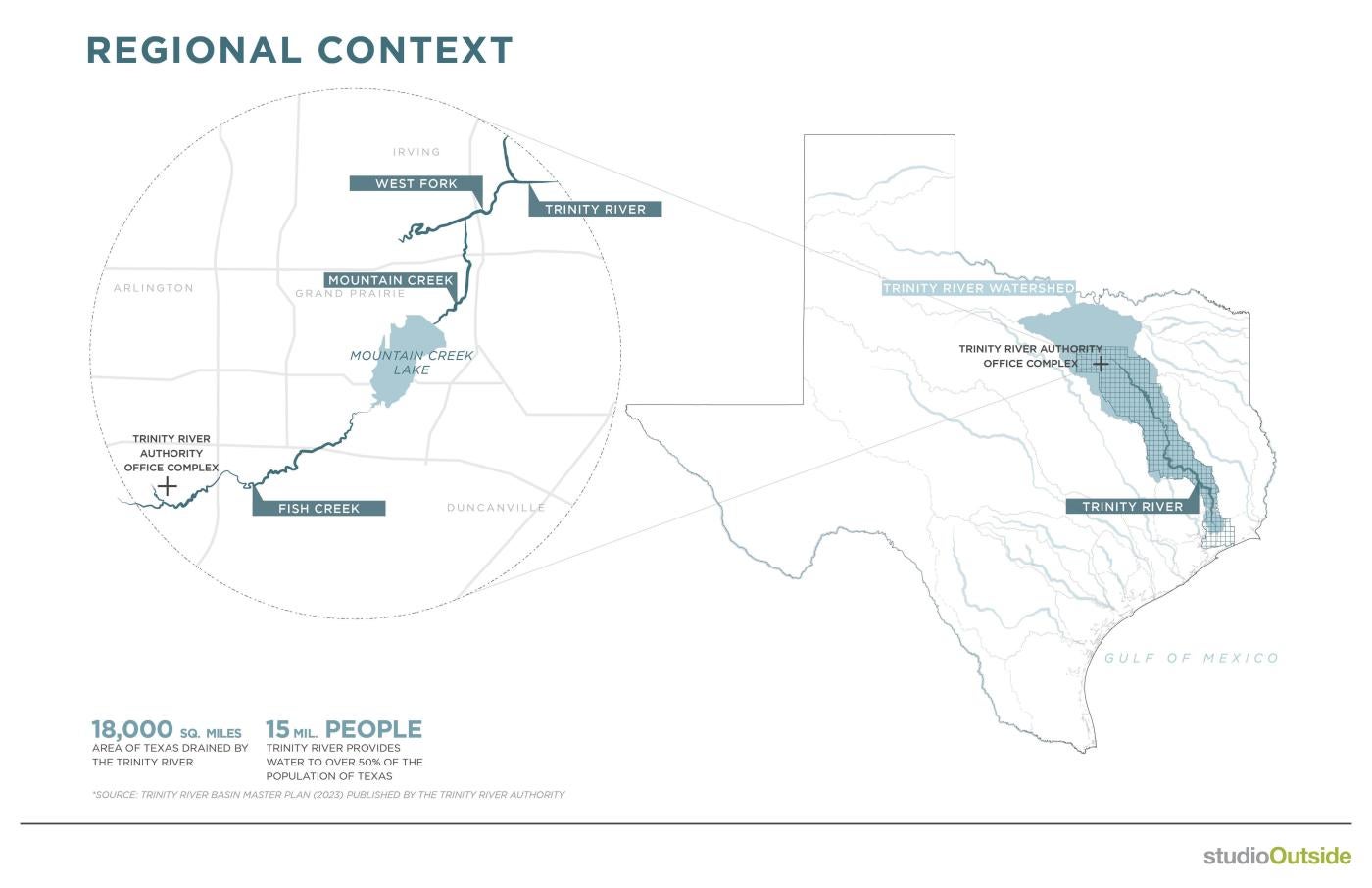
|
Image
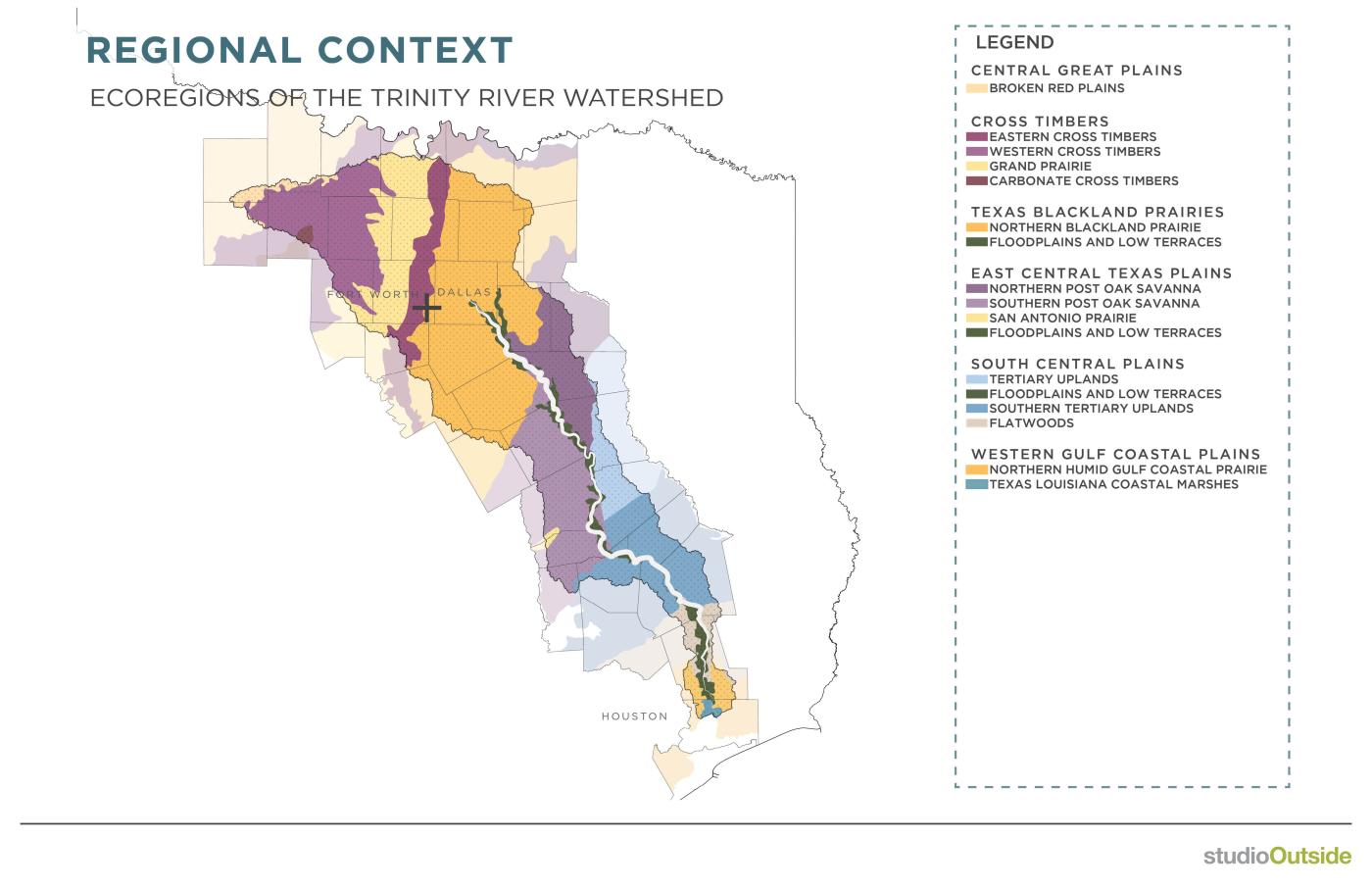
|
|
Image
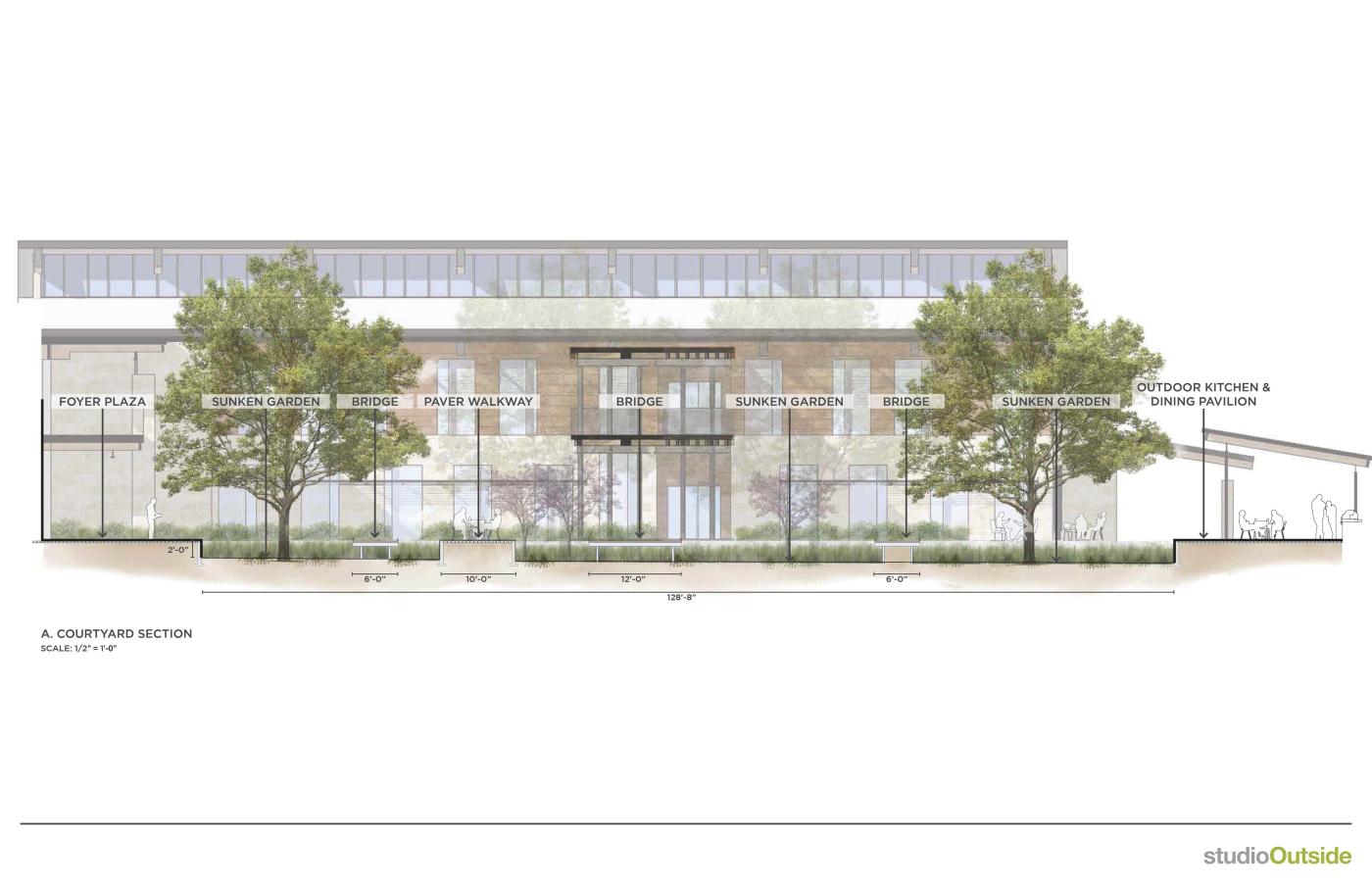
|
Image
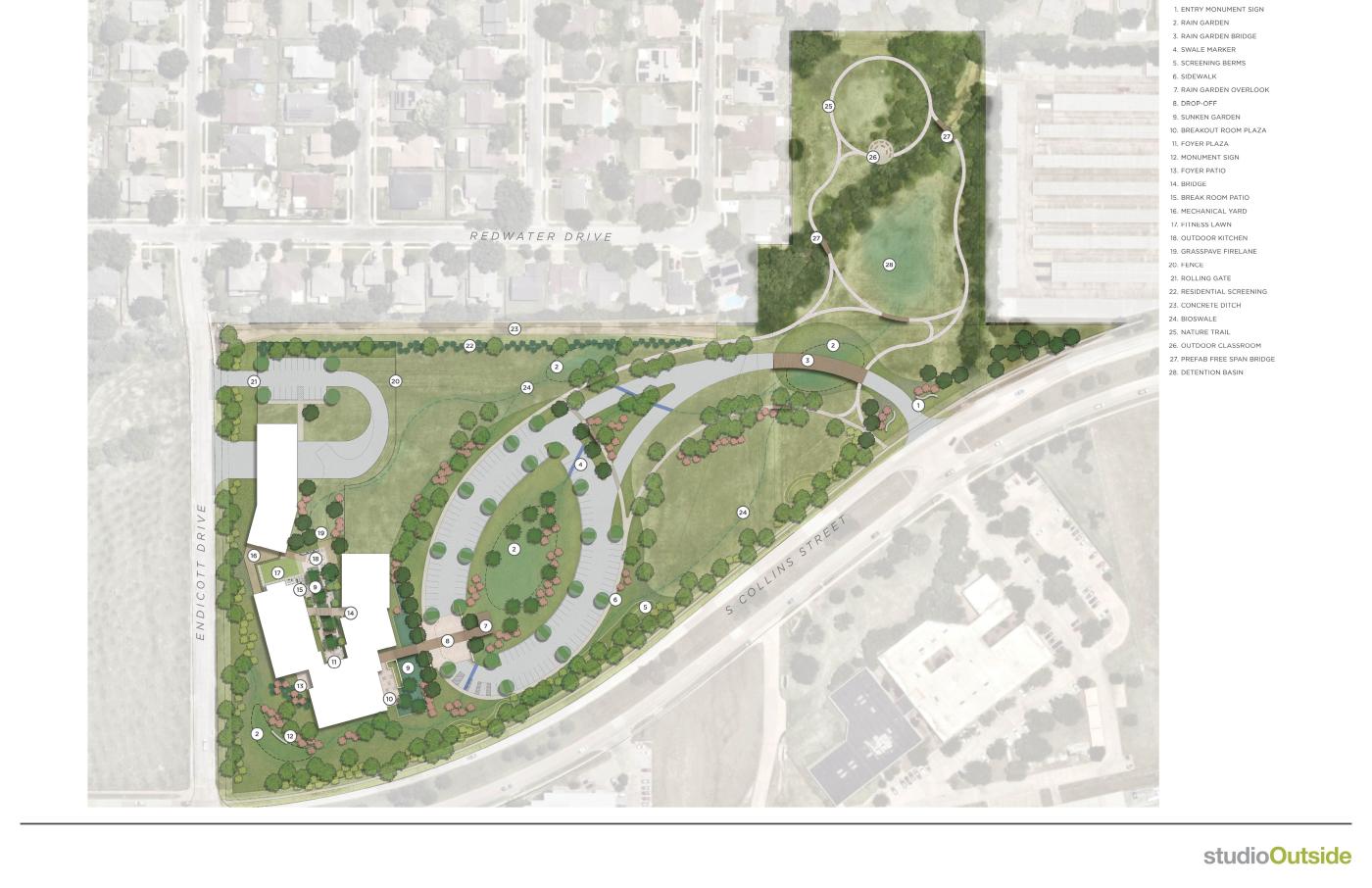
|
| Trinity River Authority General Office Expansion. Images © Studio Outside | |
In the article, you “walk” the reader through specific places in Dallas, where you live and work, that reflect Hindu philosophy and promote spiritual wellbeing. Tell us about a few of these places.
Despite its reputation as a car-centric city, I've found that Dallas actually offers a surprising number of pedestrian-friendly public parks and gardens. Over the last couple of years, I've found several spaces that have become my go-to spots for a quiet day. In my article, I explore four such places where design enables solitude.
Beck Park for instance, is an intimate space, beautifully designed and deeply atmospheric. You have to step down into the park, into the quiet shade of live oak trees. I've long admired the detailing in design, especially the restraint shown in material expression.
The sculpture garden at the Dallas Museum of Art offers a similar kind of quiet. It’s highly controlled, yet poetic. The live oaks, the shadows, the reflecting pool, they all create a space that feels almost sacred, like a modern-day grove.
Klyde Warren Park, on the other hand, is dynamic and full of movement. But it is layered - there are moments of pause amidst the activity.
It reinforces the idea that solitude and community can exist side by side.
And finally, Thanksgiving Square, which is more overtly spiritual. Its spiral chapel and the surrounding landscape are designed for contemplation and gratitude, concepts deeply rooted in many philosophies, including Hinduism.
You are currently a project leader at Studio Outside Landscape Architects. What are some highlights of your experience there?
One of my favorite things about working at Studio Outside has been finding my place in the creative and collaborative community.
The culture of the firm is incredibly open - thoughtful, curious, and deeply committed to growth and learning.
I’ve had the chance to flourish not only as a landscape designer and project leader but also as a writer, which has been really meaningful to me. Writing helps me think through space and narrative, and the firm has been very supportive of integrating that into my practice.
|
Image
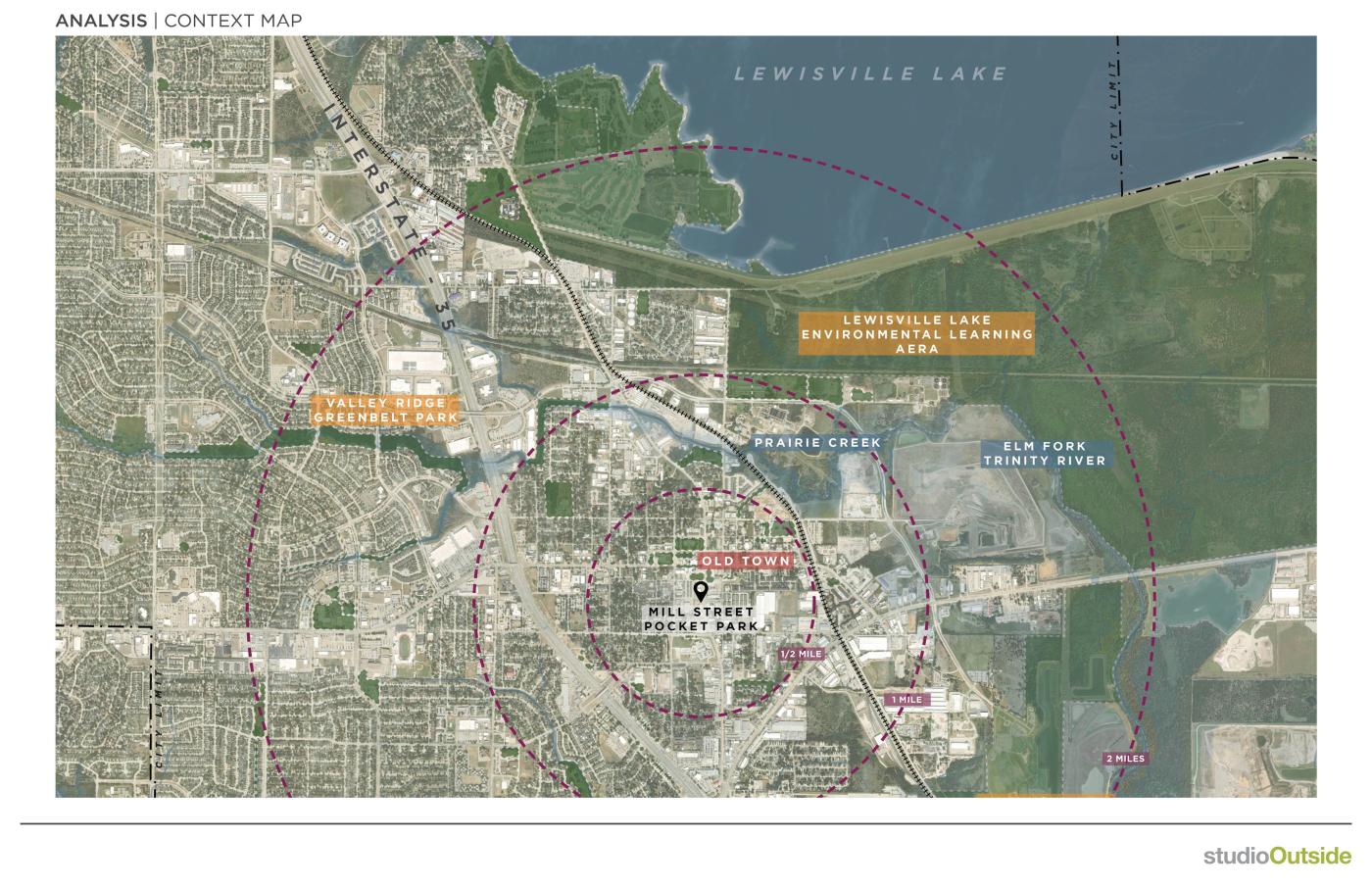
|
Image
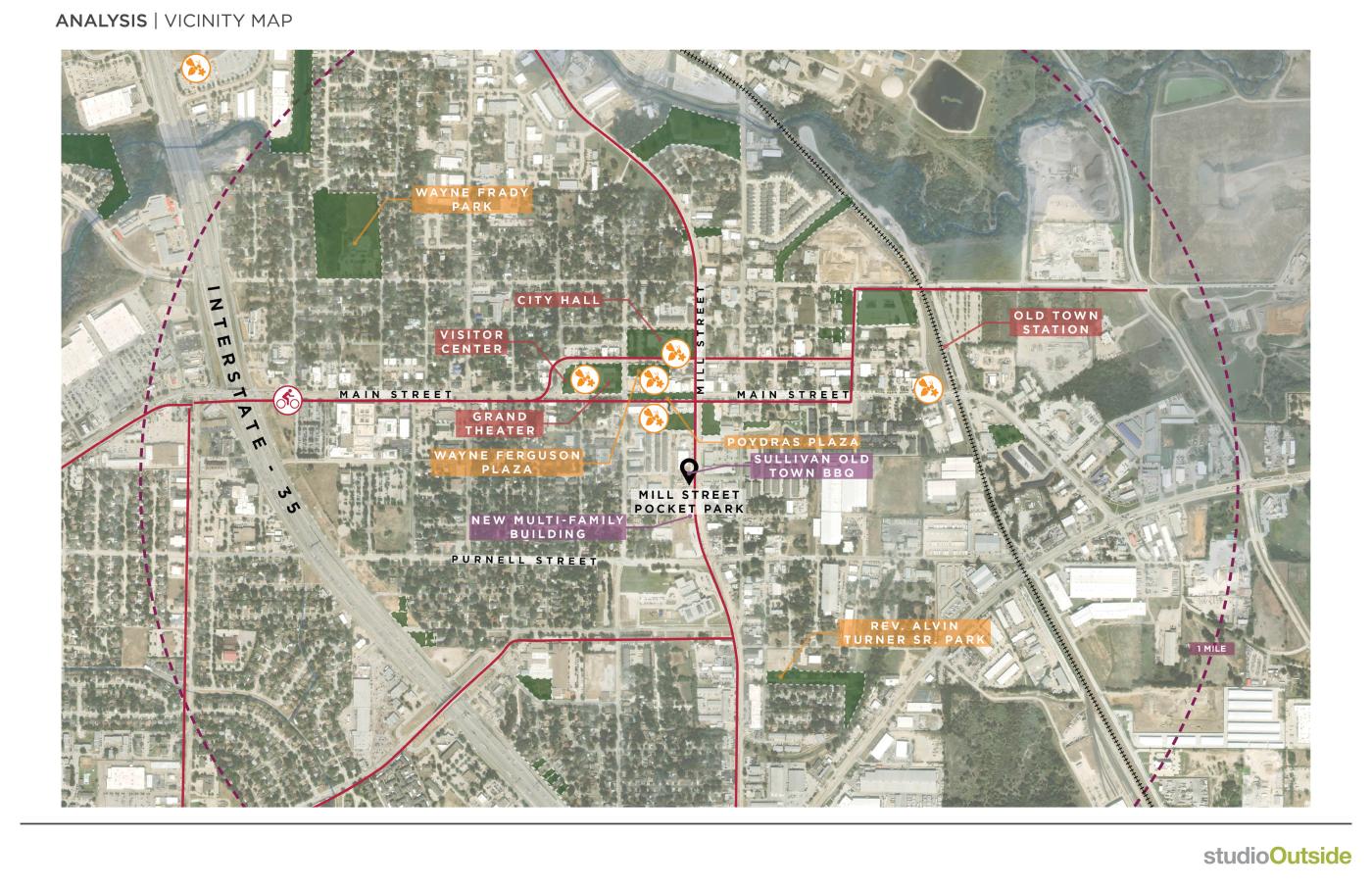
|
|
Image
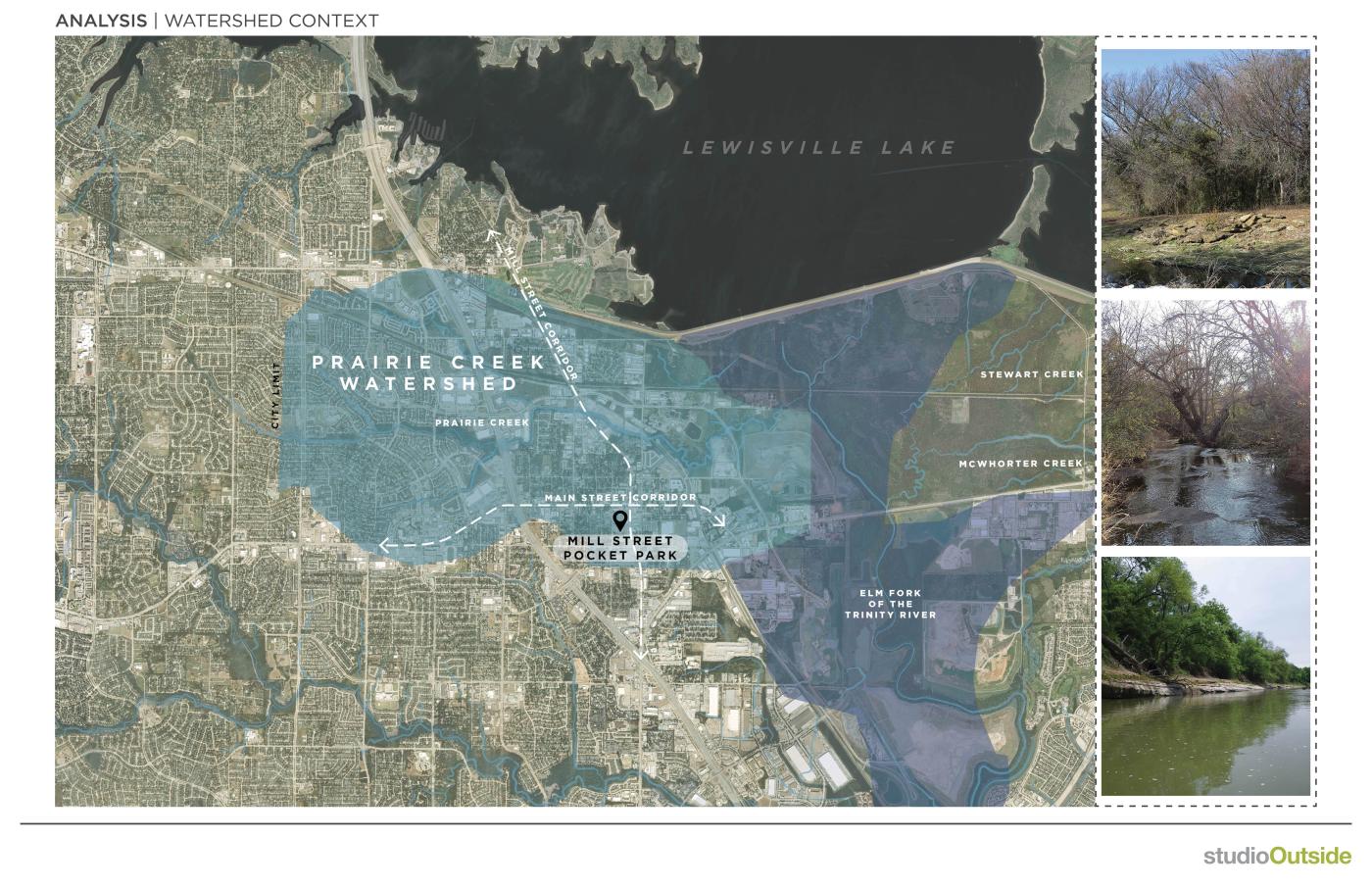
|
Image
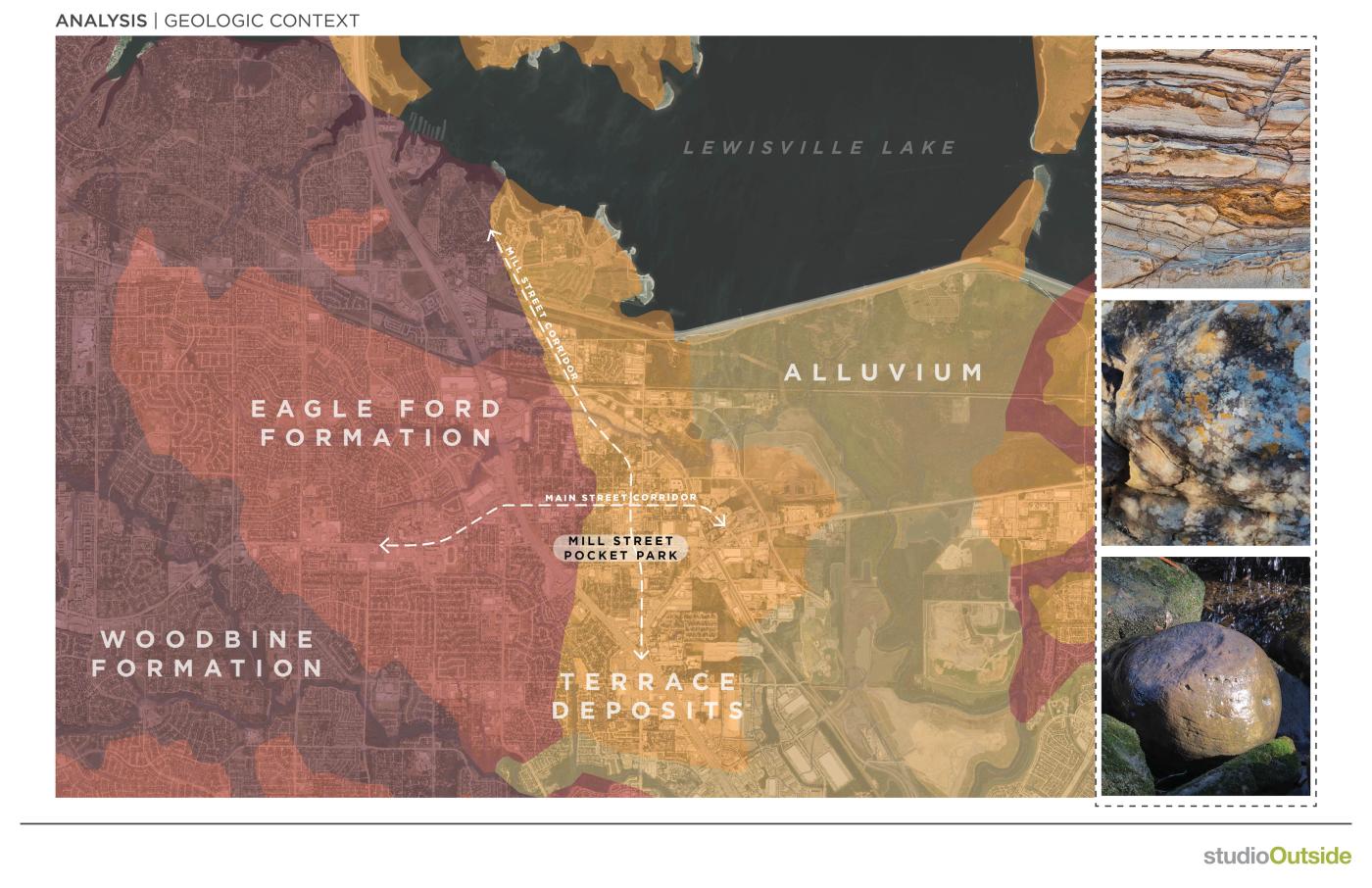
|
|
Image
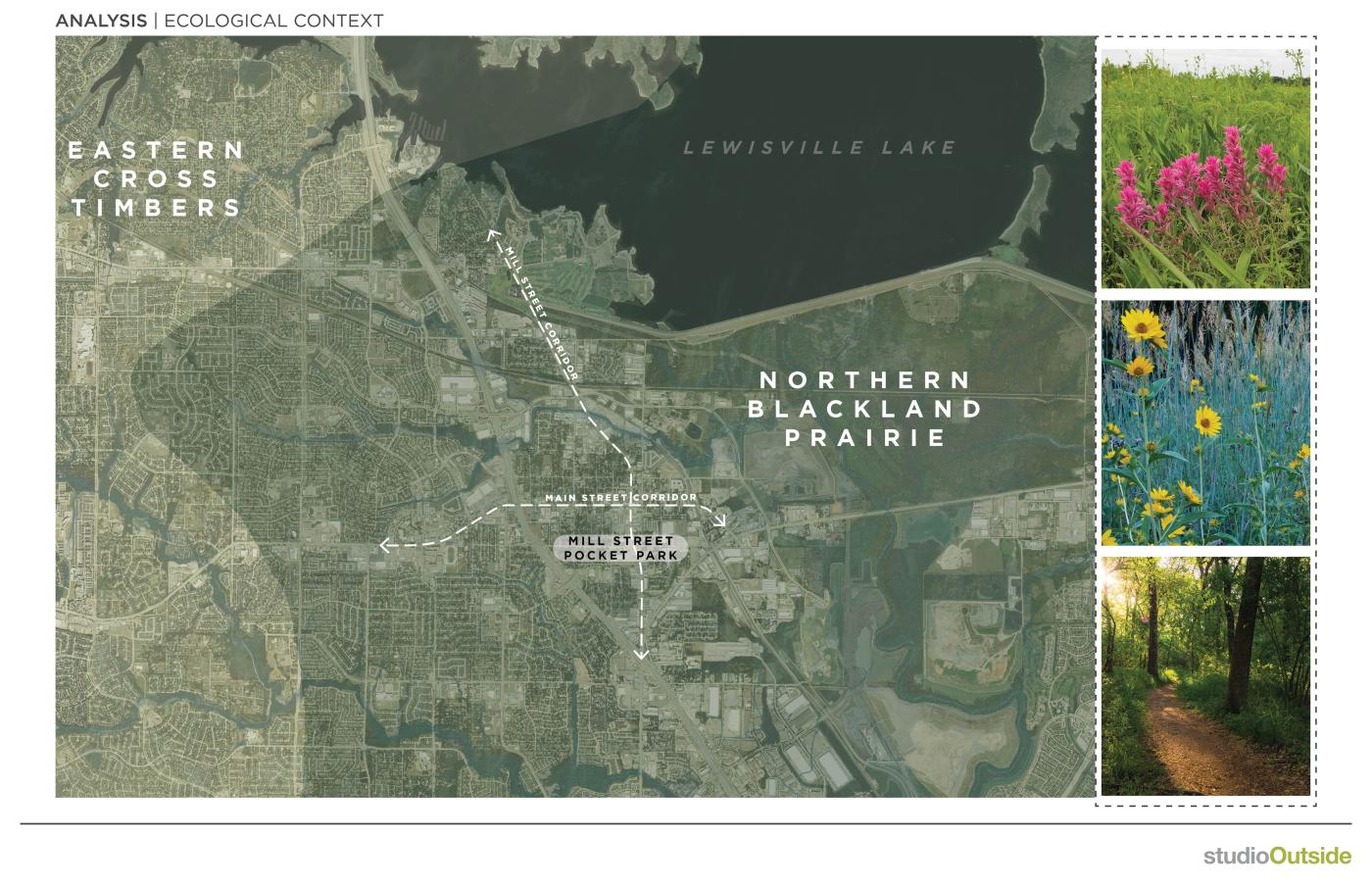
|
Image
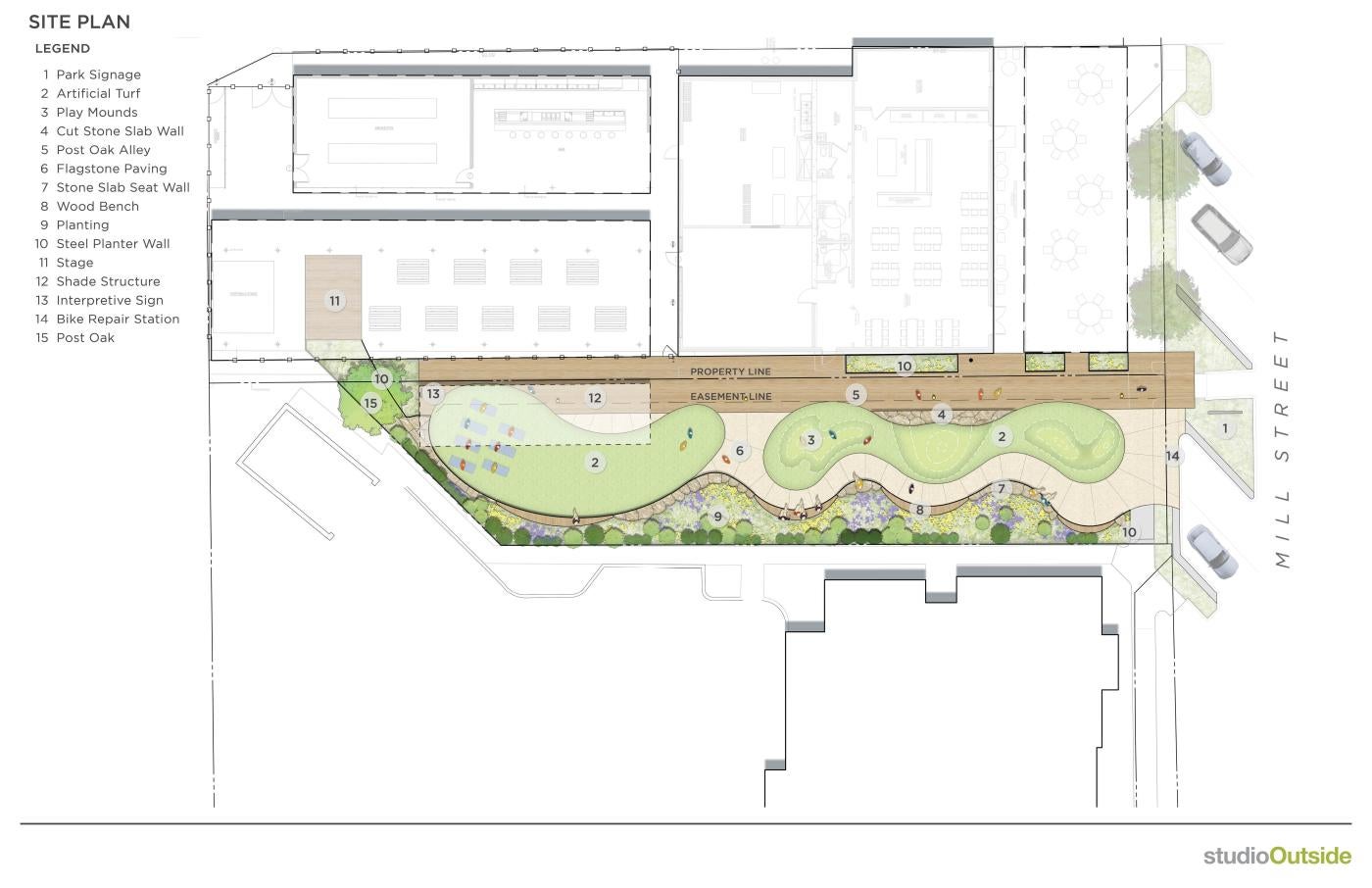
|
| Lewisville Pocket Park. Images © Studio Outside | |
In terms of projects, one that stands out is a small pocket park in Lewisville, TX - one of my first design projects at the firm. The city was a wonderful client to work with, and the site itself was rich with context, sitting at the intersection of historic neighborhoods and layered ecologies and geologies. I had the opportunity to engage in deep design research and iteration, and we focused on thoughtful detailing, native planting, and local materials. It was also an important learning experience in collaborating with multiple disciplines. We’re just about to break ground on it, and I’m excited to see it come to life.
Another favorite is the Trinity River Authority General Office Expansion. Our team designed a landscape that celebrates water, its flow, presence, and utility through rain gardens, swales, and a public park organized around a naturalized ditch. It’s a project that really embraced infrastructure as landscape, and that balance between performance and beauty has stayed with me.
Most recently, I’ve been working on two very different but equally exciting projects: the Kay Bailey Hutchison Convention Center in downtown Dallas and Mendomi Park in Plano. Each has brought its own set of challenges and opportunities and has continued to push me as a designer.
What lessons or lasting impacts has your A-School education had on your professional life? What do you continue to take with you?
If there’s one lesson that stands out from my professors, it’s this: stay curious.
There’s so much I carry with me from my time at UVA - ways of seeing the world, and an enduring love of learning. I truly can’t overstate how much the A-School has shaped me, not just as a designer but as a person.
I feel incredibly fortunate to have been taught by some of the profession’s most respected pioneers.
Their deep commitment to the built environment and the integrity with which they approach design continues to inspire me every day.
And of course, I would be remiss not to mention the friendships I formed at the A-School. They’ve been a lasting source of support and inspiration—relationships that continue to shape who I am, both as a person and as a designer.


